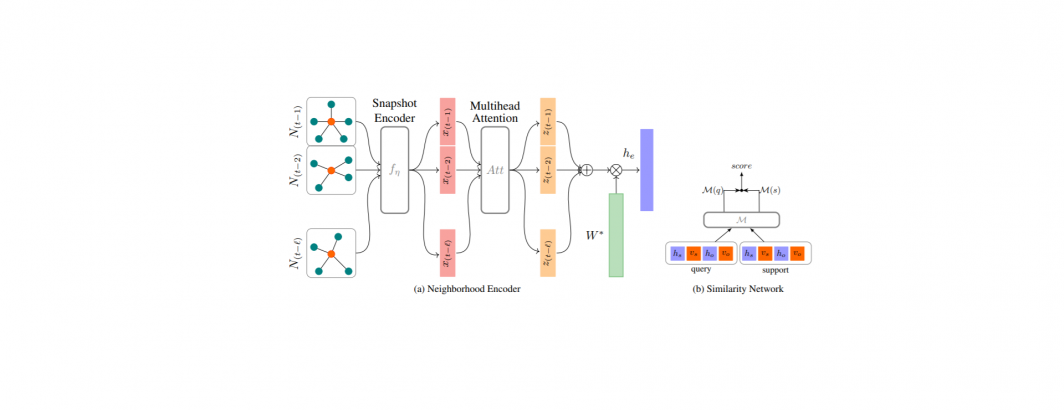
This study by researchers at USC's Information Sciences Institute examples temporal knowledge graphs:
Most real-world knowledge graphs are characterized by a longtail relation frequency distribution where a significant fraction of relations occurs only a handful of times. This observation has given rise to recent interest in low-shot learning methods that are able to generalize from only a few examples. The existing approaches, however, are tailored to static knowledge graphs and not easily generalized to temporal settings, where data scarcity poses even bigger problems, e.g., due to occurrence of new, previously unseen relations. We address this shortcoming by proposing a one-shot learning framework for link prediction in temporal knowledge graphs. Our proposed method employs a self-attention mechanism to effectively encode temporal interactions between entities, and a network to compute a similarity score between a given query and a (one-shot) example. Our experiments show that the proposed algorithm outperforms the state of the art baselines for two well-studied benchmarks while achieving significantly better performance for sparse relations.